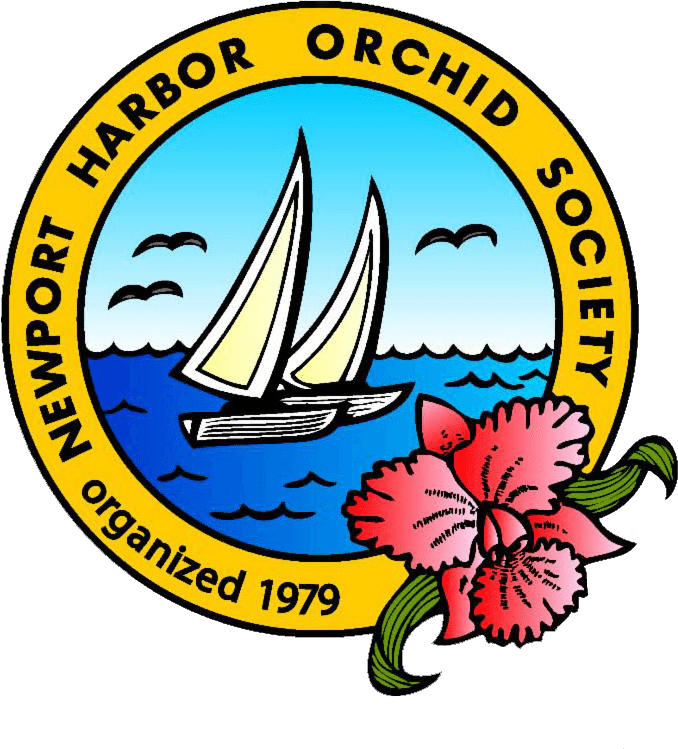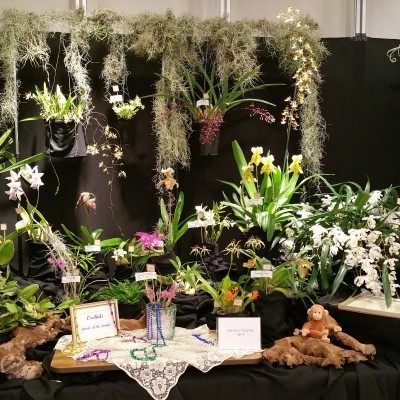Extremely rare and almost extinct native orchids nursed back to health near Adelaide, South Australia.
BY
Volunteers are helping to protect and propagate extremely rare sandhill greenhood and blue top sun orchids in woodlands near Adelaide.The sandhill greenhood orchids were located in woodland on the Grange Golf Course.
Natural Resources Adelaide and Mount Lofty Ranges species ecologist Jason Van Weenen said there were only three populations of the plants known in the state.
“They’re considered nationally as vulnerable and in the Adelaide Mount Lofty region they are critically endangered,” Mr Van Weenen said.
In South Australia, there are about 260 species of orchids, but this type is found only at Tailem Bend, the Lower Lakes and Grange.
“Many people may pass a whole variety of our [native] orchids while walking on a bush track and not pick up on them,” he said.
Native Orchid Society and Threatened Plant Action Group volunteers are helping to nurture the plants back to sustainable levels.
“Annual weeding around the population is really paying off,” Mr Van Weenen said.
“It is very hard to get quick recovery overnight, but this site has been worked on for over a decade.”
The plant population has risen from fewer than 100 to more than 1,200.
“It’s a fantastic result,” Mr Van Weenen said.
Rescue bid to save critically endangered blue top sun orchids
Less than 100 of the blue top sun orchids are being propagated back from the brink of extinction at Knott Hill, near Kuitpo State Forest.
The species has only been found in the Mount Lofty Ranges, with the Knot Hill population now the only one known.
“We are undertaking a pilot project where over the next few years, we are hoping to propagate orchids in a lab and put them back out in the field,” Mr Van Weenen said.
Crops would be planted in suitable areas throughout the ranges, with habitat adjustments made to find which methods could encourage repopulation.
“We’re hoping to collect some seed and bolster the numbers to help reduce the risk of extinction,” he said.
“While it is quite daunting to think this is such a rare species, it’s exciting to trial some of these opportunities.”
Mr Van Weenen said the efforts made were similar to those used for the Wollemi pine, discovered in 1994, which are now commercially available.
He said it may be possible, once restored, to lift numbers by offering the plants for sale.
One complication with the orchids though, was a combination of specific fungi and insects required for growth and pollination.
“There is a huge interest in orchids nationally in general and they are one of the most loved plants that exist,” he said.
“They may be a species of interest and, if propagation is successful, they may be made available to sections of the community who are interested in keeping them.”
Full original article can be found at: https://orchids.asia/extremely-rare-and-almost-extinct-native-orchids-nursed-back-to-health-near-abc-online/






